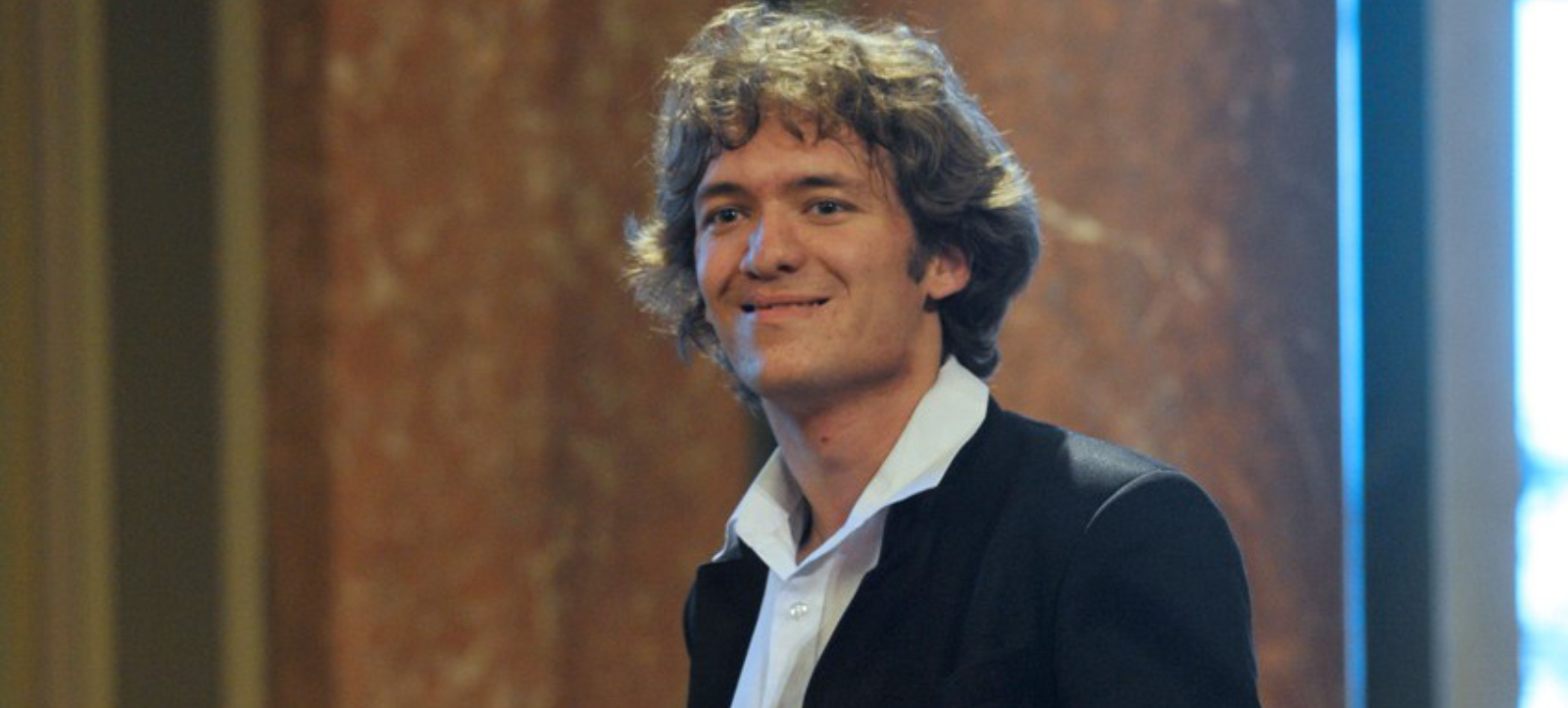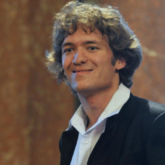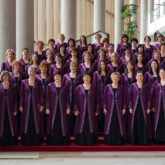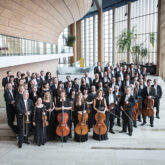
Budapest
Ádám Banda and Zsolt Hamar
Ervin Lukács Season Pass 1.
Hungarian National Philharmonic Orchestra
Ernő Dohnányi: Symphonic minutes, op. 36
The flashing woodwind passages of the opening movement, Capriccio are evocative of the world of Mendelssohn’s fairy scherzos and the richness of orchestration of the art of Richard Strauss.
Rapsodia begins with the melancholic, freely roaming melody of the cor anglais, to which the clarinet responds. This fascinating music conjures up the natural images of late-Romantic opera, as well as the midnight monologues in the works of Bartók and Kodály.
The central movement of the cycle is the lively Scherzo. The turbulent main part is counterpointed by an emotional, lyrical melody in the brass. Tema con variazioni (Dohányi’s favourite form) is a setting a simple, 16th-century theme, The variations dissolve the rhythm of the theme to soft, continuous movement, to become firmer later on. This tone would reappear in the chorale of Bartók’s Concerto. The last version faithfully returns to the initial theme, the mysterious sonority of the celesta lifting the music to ethereal heights. In the fast-paced closing Rondo the fairy-scherzo character transforms to a full-blooded theme. It is carefree, cheerful music, a fitting successor of Brahms’s Hungarian Dances.
While Dohnányi’s work is a treasure trove of musical allusions, from the sum of the movements emerges the portrait of an inimitable musician.
Zsolt Durkó: Violin Concerto
From the second half of the 1960s Zsolt Durkó (1934–1997) was considered abroad to be the most often performed contemporary Hungarian composer. He sought to meld universal and Hungarian values in his music, an effort reflected, among other works of his, by his four-movement Violin Concerto (1933), which betrays an influence of Bartók, Berg and Webern. Durkó composed the work in Budapest and Velem, a village that provided idyllic circumstances for work. It received its world première at the Music Academy in the autumn of 1993, with Ferenc Szecsődi playing solo, to whom the work is dedicated. Although it is Durkó’s fourth work for solo violin and orchestra, it is the only one designated as a concerto in the title. Each of the movements are a different musical world. The opening Allegretto develops from a tiny musical germ; the more energetic second movement allows for the development of a prolonged dramatic fabric; the third would be unimaginable without the backdrop of Bartókian “night slow movements”; and the finale is the richest in character.
Ferenc Liszt: Dante Symphony
Liszt had intended to compose his symphony, based on Dante’s Divine Comedy, in three movements, Hell, Purgatory and Paradise. Wagner, however, persuaded him to do away with the third movement, arguing that Paradise was impossible to render in music. Eventually, Liszt added to the second movement a setting of Magnificat for female or boys’ choir. The work comprises numerous innovations in harmony, rhythm and orchestration well ahead of his age. In a letter, the composer actually points out the whole-tone scale employed in the closing passage of his setting.
In the first movement, Liszt renders Dante’s Hell in a chillingly unsettling character, with the episode of Francesca da Rimini falling in sinful love with her brother-in-law as the middle section. The original title of the second movement (Purgatory) was Vision. The setting of the Magnificat begins with the choir intoning the first two lines of the canticle of the Song of Mary: “My soul doth magnify the Lord. / And my spirit hath rejoiced in God my Saviour.”





